



India launched the National Red List Roadmap and Vision 2025–2030 to assess 11,000 species by 2030 under IUCN norms. Led by ZSI and BSI, it builds a digital platform and Red Data Books to guide evidence-based biodiversity conservation.

Copyright infringement not intended
Picture Courtesy: DDNEWS
India launched the National Red List Roadmap and Vision 2025–2030 at the IUCN World Conservation Congress 2025 in Abu Dhabi.
What it is: The IUCN World Conservation Congress is the world's largest gathering of conservation experts, leaders, and decision-makers, held once every four years.
Theme for 2025: The congress in Abu Dhabi is being held under the theme “Powering transformative conservation.”
It is a national initiative to identify, classify, and conserve India’s threatened species using IUCN Red List global standards.
Aim: To establish a nationally coordinated, inclusive, and science-based red-listing system. This will enable accurate species assessment, evidence-based conservation planning, and informed policymaking.
Key Outcome: Publication of National Red Data Books for both flora and fauna by 2030. These books will serve as the definitive national repository of information on the conservation status of Indian species.
Organizations Involved: The initiative is a collaborative effort between the Zoological Survey of India (ZSI) and the Botanical Survey of India (BSI), in partnership with IUCN-India and the Centre for Species Survival (CSS), India.
Providing Crucial Baseline Data for Policymaking
Without a scientific assessment of which species are threatened, conservation efforts can be ad-hoc and inefficient.
The National Red List will provide a data-driven foundation to identify priority species and ecosystems, allowing the government to channel its limited financial and human resources more effectively.
Strengthening India’s Status as a Megadiverse Nation
India is one of the world's 17 megadiverse countries and is home to four of the 36 global biodiversity hotspots. It hosts nearly 8% of global flora and 7.5% of global fauna on just 2.4% of the world's land area.
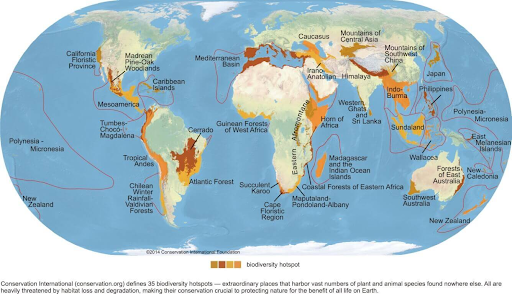
Fulfilling International Commitments
The initiative directly supports India’s commitments under international conventions, like the Convention on Biological Diversity (CBD) and the Kunming–Montreal Global Biodiversity Framework (KMGBF).
Creating a Unified and Coordinated Framework
Currently, biodiversity data is fragmented across various institutions. The National Red List Roadmap aims to create a centralized and nationally coordinated system, bringing together taxonomists, conservation scientists, and policymakers to create a single, authoritative source of data.
Comprehensive Multi-taxa Coverage
The assessment will cover both flora (plants) and fauna (animals), including India's vast terrestrial and marine biodiversity.
Science-Based and Globally Aligned Methodology
The assessment will use the IUCN's globally accepted methodologies and criteria, ensuring that India's national list is credible, scientifically rigorous, and comparable to global standards.
Integration of Traditional Knowledge
The framework will include traditional knowledge from local and indigenous communities in the process of biodiversity documentation, making the assessment more inclusive and holistic.
Use of Modern Technology
The initiative will promote the use of digital tools and GIS mapping for species monitoring, data management, and creating a centralized biodiversity database.
Strengthening National Legislation
The data generated will provide a scientific basis for updating the schedules of conservation law, the Wild Life (Protection) Act, 1972. This will allow for more dynamic and evidence-based legal protection for threatened species.
India’s National Red List Roadmap and Vision 2025–2030 shift conservation from fragmented efforts to a unified, data-driven strategy. This proactive move strengthens biodiversity protection, and positions India as a global leader in sustainable development.
Source: DDNEWS
|
PRACTICE QUESTION Q. Which of the following statements is/are correct regarding India's National Red List Roadmap? 1. It was launched at the IUCN World Conservation Congress 2025. 2. It aims to assess the extinction risk of approximately 11,000 species by 2030. 3. The roadmap was exclusively developed by the Ministry of Environment. Select the correct answer using the code given below: A) 1 only B) 1 and 2 only C) 2 and 3 only D) 1, 2 and 3 Answer: B Explanation: Statement 1 is correct: India's National Red List Roadmap was launched at the IUCN World Conservation Congress 2025. Statement 2 is correct: The initiative aims to assess around 11,000 species of plants and animals by 2030. Statement 3 is incorrect: The roadmap is a collaborative effort involving the Zoological Survey of India (ZSI), Botanical Survey of India (BSI), IUCN India, and the Centre for Species Survival, under the Union Ministry of Environment, Forest & Climate Change. |
Biodiversity is the variety of life on Earth, from the genetic variation within a species to the diversity of ecosystems. It is important because it provides vital ecosystem services such as clean air and water, climate regulation, and pollination of crops. A diverse ecosystem is also more stable and resilient to disturbances like climate change.
The Red Data List is a comprehensive, publicly available inventory of the conservation status of thousands of species of plants, animals, and fungi worldwide. It is used to assess and categorize the risk of extinction for species.
The global Red Data List is published and maintained by the International Union for Conservation of Nature (IUCN). Its purpose is to raise public awareness of endangered species and guide conservation efforts.

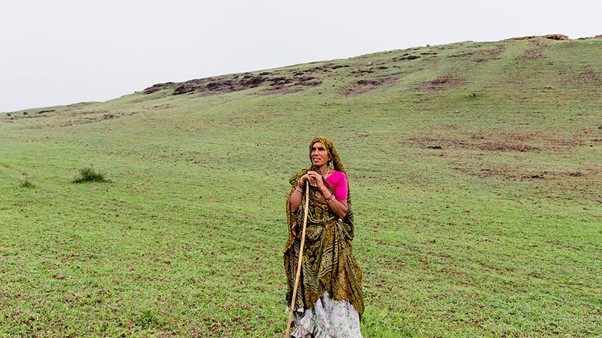
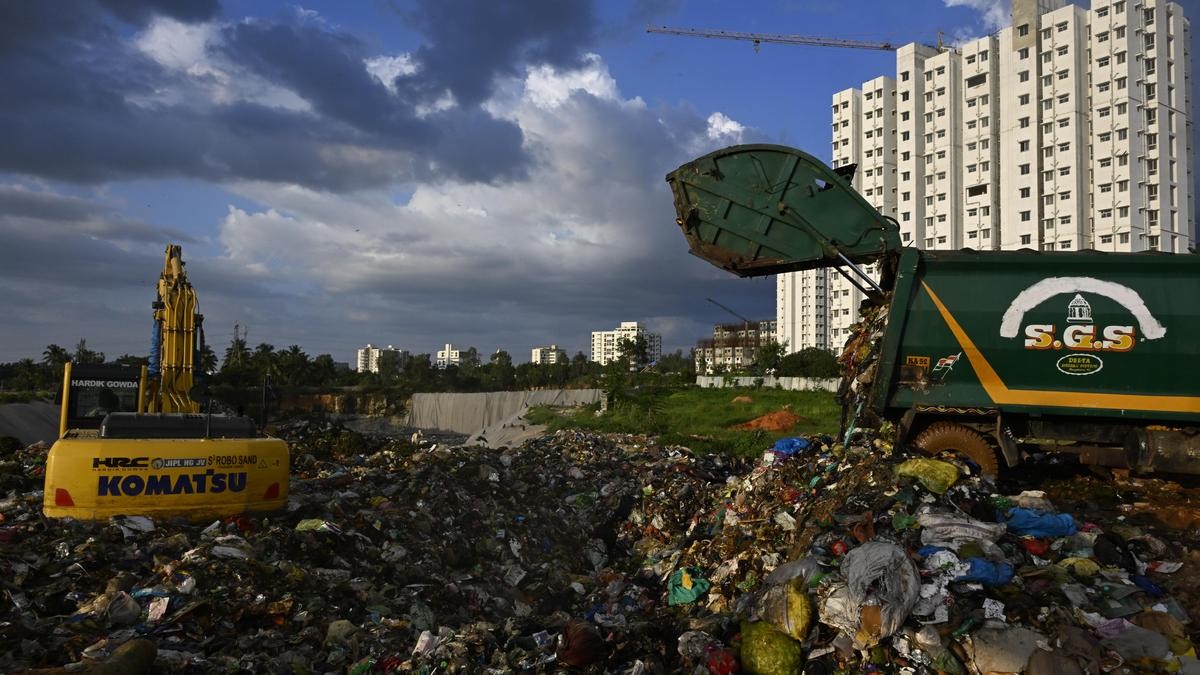
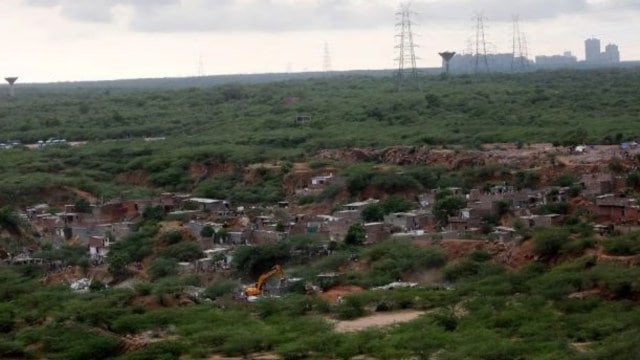
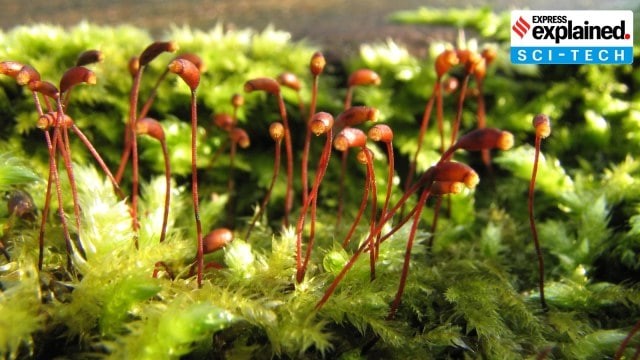
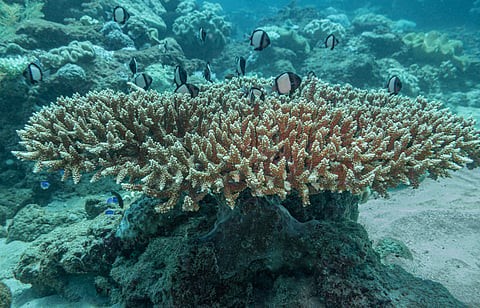

© 2025 iasgyan. All right reserved